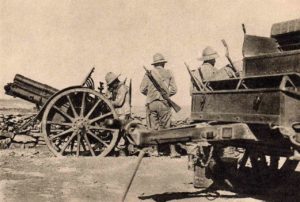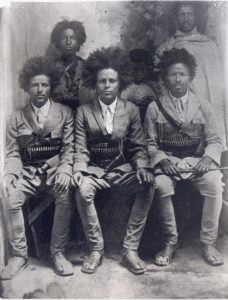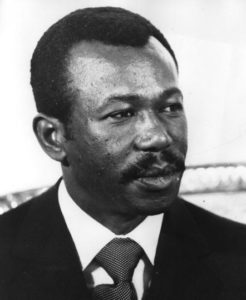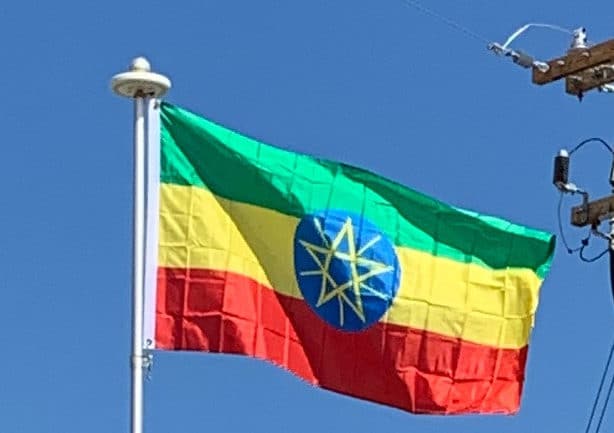In 1937, the Italian massacre of Yekatit 12, in which many Ethiopians were imprisoned and massacred, took place. This was because of a failed attempt to assassinate Rodolfo Graziani, the viceroy of Italian East Africa.

Following the entry of Italy into World War II, British Empire forces, together with the Arbegnoch (literally, “patriots”, referring to armed resistance soldiers) restored the sovereignty of Ethiopia in the course of the East African Campaign in 1941. An Italian guerrilla warfare campaign continued until 1943. This was followed by British recognition of Ethiopia’s full sovereignty, without any special British privileges, when the Anglo-Ethiopian Agreement was signed in December 1944. Under the peace treaty of 1947, Italy recognized the sovereignty and independence of Ethiopia.

On 26 August 1942, Haile Selassie issued a proclamation that removed Ethiopia’s legal basis for slavery. Ethiopia had between two and four million slaves in the early 20th century, out of a total population of about eleven million.
In 1952, Haile Selassie orchestrated a federation with Eritrea. He dissolved this in 1962 and annexed Eritrea, resulting in the Eritrean War of Independence. Haile Selassie played a leading role in the formation of the Organisation of African Unity (OAU) in 1963.
Opinion within Ethiopia turned against Haile Selassie I owing to the worldwide 1973 oil crisis. This oil crisis caused a sharp increase in gasoline prices starting on 13 February 1974; food shortages; uncertainty regarding the succession; border wars; and discontent in the middle class created through modernization. The high gasoline prices motivated taxi drivers and teachers to go on strike on 18 February 1974, and students and workers in Addis Ababa began demonstrating against the government on 20 February 1974. The feudal oligarchical cabinet of Akilou Habte Wolde was toppled, and a new government was formed with Endelkachew Makonnen serving as Prime Minister.
Communist Era (1974–1991):
Haile Selassie’s rule ended on 12 September 1974, when he was deposed by the Derg, a Soviet-backed Marxist–Leninist military dictatorship led by Mengistu Haile Mariam. The new Provisional Military Administrative Council established a one-party communist state in March 1975.

The ensuing government suffered several coups, uprisings, wide-scale drought, and a huge refugee problem. In 1977, Somalia, which had previously been receiving assistance and arms from the USSR, invaded Ethiopia in the Ogaden War, capturing part of the Ogaden region. Ethiopia recovered it after it began receiving massive military aid from the USSR, Cuba, South Yemen, East Germany, and North Korea. This included around 15,000 Cuban combat troops.
In 1977–78, up to 500,000 were killed as a result of the Red Terror, from forced deportations or from the use of hunger as a weapon under Mengistu’s rule. The Red Terror was carried out in response to what the Derg termed the ‘White Terror’, a chain of violent events, assassinations, and killings carried out by what it called “petty bourgeois reactionaries” who desired a reversal of the 1974 revolution.
